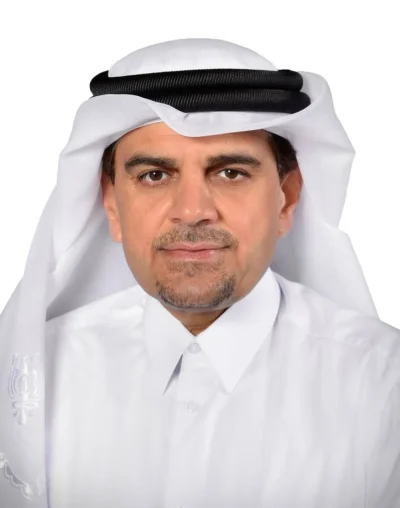QatarEnergy’s existing facilities have already captured and successfully stored around 7.5mn tonnes of CO2 since 2019, according to HE the Minister of State for Energy Affairs, Saad bin Sherida al-Kaabi.“All our LNG expansion projects will deploy carbon capture and storage (CCS) technologies, aiming to capture over 11MTPY of CO2 by 2035,” noted HE al-Kaabi, also the President and CEO, QatarEnergy.“LNG remains at the core of our strategy, with ongoing projects to increase our LNG production from the current 77mn tonnes per year (MTPY) to 160 MTPY. This reinforces our position as a reliable provider of affordable lower-carbon energy,” HE al-Kaabi said in a message in the latest edition of QatarEnergy Sustainability Report.The minister noted, “Our investments span the entire LNG value chain, including a historic shipbuilding programme encompassing 128 ultra-modern, environmentally advanced ships. The fleet will enhance QatarEnergy’s capacity to meet the growing global LNG demand while reinforcing its dedication to operational excellence and sustainability.“Sustainability is central to our business strategy. We take a holistic approach that seeks to integrate environmental management, safety, social responsibility, and governance excellence across our local and global operations.”In 2024, QatarEnergy continued to advance clean energy and emission reduction projects. In November, QatarEnergy celebrated the ground breaking of the first world-scale blue ammonia project, which will produce 1.2mn tons of lower-carbon ammonia annually.Furthermore, he said, QatarEnergy aims to more than double Qatar’s urea production to over 12 MTPY, positioning the country as a leading global exporter and contributing to global food security.QatarEnergy is prioritising solar energy aiming to reach 4,000 megawatts (MW) of solar power capacity by 2030.In 2024, QatarEnergy announced the Dukhan solar power project with 2,000MW of capacity and joined a 1,250MW solar project in Iraq.In 2025, the Ras Laffan and Mesaieed solar power plants will add a combined 875MW to Qatar’s solar power generation capacity, joining Al-Kharsaah’s 800MW.As part of its ongoing commitment to reduce its environmental impact, QatarEnergy is setting new sector-specific targets to reduce GHG emissions intensity of our downstream assets – petrochemicals, metals, and fertiliser facilities – by 10 to 15% by 2035.These targets build on QatarEnergy’s sustainability strategy and complement its previously announced upstream and LNG facilities intensity targets.QatarEnergy emphasises collaboration for progress through the Tawteen program, aiming to strengthen the local supply chain and foster sustainability-driven innovation and economic development.Since its creation in 2018, this unique programme has generated more than 100 investment opportunities.In 2024 alone, 29 opportunities were awarded, including four related to sustainability.Safety remains a foundational top priority for QatarEnergy, the minister emphasised. In 2024, QatarEnergy maintained zero fatalities for the third consecutive year and continued to focus on empowering its workforce.Creating lasting value through corporate social responsibility programmes, QatarEnergy continues to address social and environmental challenges, reducing its environmental footprint, and fostering inclusive growth.“These achievements were made possible by the dedication of our employees, the trust of our stakeholders, and the support of our partners, for which we are grateful. I look forward to working together to build a more sustainable future for all.“I would like to express our deepest gratitude to His Highness Sheikh Tamim bin Hamad al-Thani, the Amir of the State of Qatar, for his vision, guidance, and unlimited support,” the minister noted.

Pratap John
Pratap John is Business Editor at Gulf Times. He has mainstream media experience of nearly 30 years in specialties such as energy, business & finance, banking, telecom and aviation, and covered many major events across the globe.
Most Read Stories























